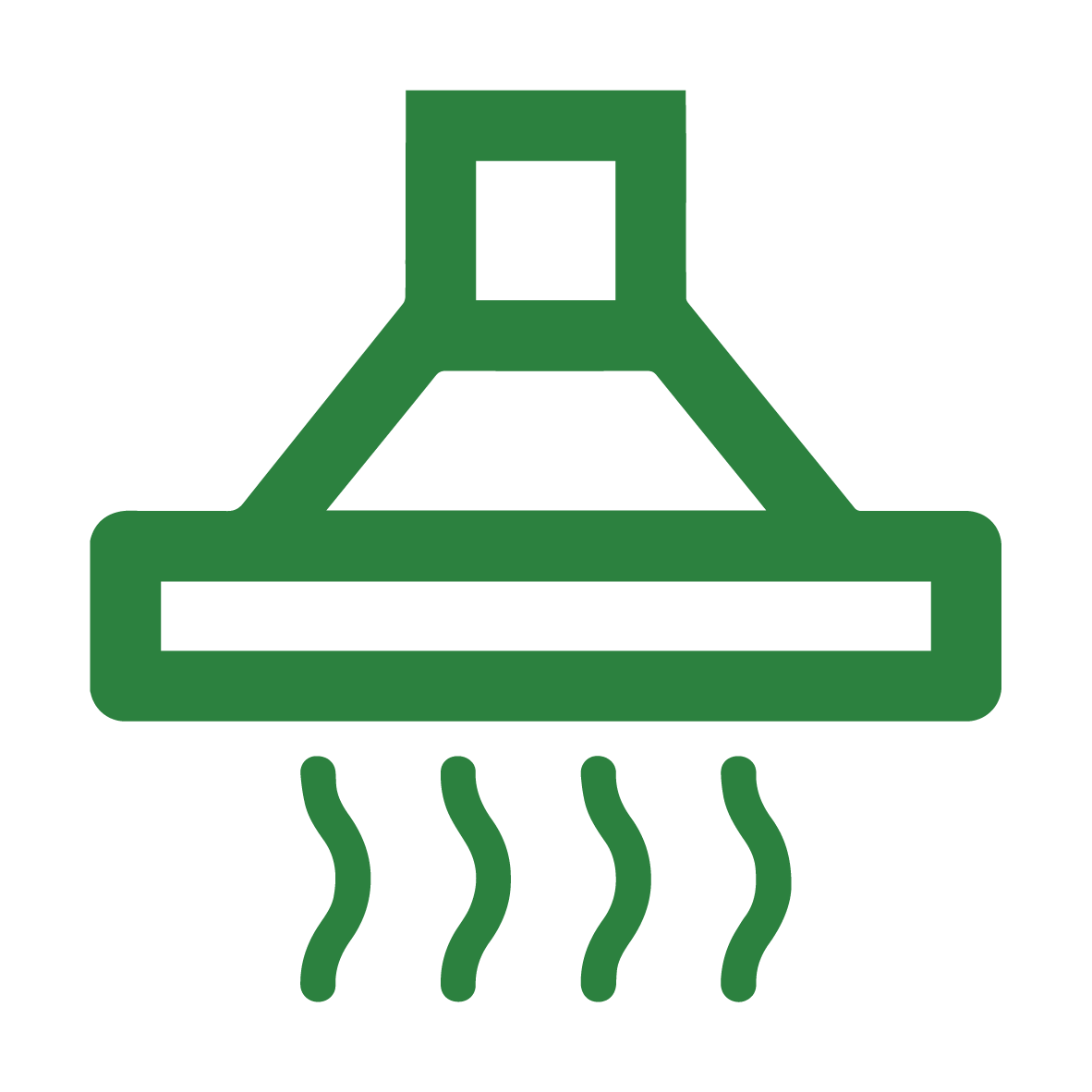Built-In
Repairing built-in dishwashers is an important aspect of maintaining their functionality and extending their lifespan. The specifics of such repairs depend on the construction and type of faults that this equipment may encounter. Here are the main aspects of repairing built-in dishwashers:
- Fault diagnosis: The first step in repairing built-in dishwashers is identifying the problem. This may involve analyzing symptoms of malfunction, testing various components, and conducting diagnostic procedures using specialized equipment.
- Replacement of parts and components: After identifying the fault, it often requires replacing damaged or worn parts such as seals, valves, pumps, sensors, electronic boards, and other elements that may be causing the malfunction.
- Cleaning and servicing: In some cases, faults may be caused by the accumulation of dirt inside the dishwasher. Regular cleaning and servicing can help prevent such problems. This may include cleaning filters, dispensers, nozzles, drain pipes, and other parts.
- Checking the water supply and drainage system: Problems with water supply or drainage can cause malfunctions in the dishwasher. Repair includes checking the inlet valve, supply hoses, and drain hoses, as well as correcting any identified issues.
- Testing and calibration: After completing the repair work, it is important to test the dishwasher to verify its functionality. If necessary, calibration of various parameters may be required to ensure optimal performance.
- Preventive maintenance: To prevent serious faults, regular preventive maintenance of the dishwasher is recommended. This may include replacing worn parts, cleaning and lubricating mechanisms, as well as checking and adjusting various systems.
It is important to note that repairing built-in dishwashers is best entrusted to experienced professionals with the necessary knowledge and expertise in working with this type of equipment. Attempting DIY repairs may lead to additional damage and increased expenses for restoration work.
Free
Service call in case of repair with us
Service call in case of repair with us
5-Star
Star record
Star record
Competitive
Prices
Prices
Why choose us
$25 OFF
For Returning Costumer
Can be applied to any repair fee, excluding service calls
 3 mths labour warranty
3 mths labour warranty
 trained specialists
trained specialists
 affordable prices
affordable prices
 customer 5 reviews
customer 5 reviews
 same day service
same day service
 wsib registered
wsib registered
$25 OFF
For customers who order two or more appliance servises at a time
Can be applied to any repair fee, excluding service calls
 3 mths labour warranty
3 mths labour warranty
 trained specialists
trained specialists
 affordable prices
affordable prices
 customer 5 reviews
customer 5 reviews
 same day service
same day service
 wsib registered
wsib registered
Free coupons
$25 OFF
For Returning Costumer
Can be applied to any repair fee, excluding service calls
$25 OFF
For customers who order two or more appliance servises at a time
Can be applied to any repair fee, excluding service calls
Services
Brands we serve
AEG
AMANA
ASKO
BLOMBERG
BERTAZZONI
BRADA
BOSCH
DACOR
DAEWOO
DANBY
DCS
ELECTROLUX
FAGOR
FISHER & PAYKEL
FRIGIDAIRE
GAGGENAU
GARLAND
GE
HEARTLAND
HOTPOINT
INGLIS
JENN-AIR
KELVINATOR
KENMORE
KENWOOD
KITCHENAID
LG
LIEBHERR
MAGIC CHEF
MAYTAG
MOFFAT
PANASONIC
SAMSUNG
REVCO
SENCOR
SIEMENS
SUB-ZERO
SUNBEAM
THERMADOR
U-LINE
VIKING
WHIRLPOOL
WHITE WESTINGHOUSE
WOLF
Brands we serve
AEG
AMANA
ASKO
BLOMBERG
BERTAZZONI
BRADA
BOSCH
DACOR
DAEWOO
DANBY
DCS
ELECTROLUX
FAGOR
FISHER & PAYKEL
FRIGIDAIRE
GAGGENAU
GARLAND
GE
HEARTLAND
HOTPOINT
INGLIS
JENN-AIR
KELVINATOR
KENMORE
KENWOOD
KITCHENAID
LG
LIEBHERR
MAGIC CHEF
MAYTAG
MOFFAT
PANASONIC
SAMSUNG
REVCO
SENCOR
SIEMENS
SUB-ZERO
SUNBEAM
THERMADOR
U-LINE
VIKING
WHIRLPOOL
WHITE WESTINGHOUSE
WOLF
- Albro Lake
- Armdale
- Bald Rock
- Bayer's Lake
- Bayside
- Beachville
- Bear Cove
- Beaver Bank
- Bedford
- Beechwood Park
- Big Lake
- Birch Cove
- Black Point
- Blind Bay
- Boulderwood
- Boutiliers Point
- Bridgeviews
- Brightwood
- Brookside
- Clayton Park
- Clayton Park West
- Colby Village
- Cole Harbour
- Conrod Settlement
- Cow Bay
- Cowie Hill
- Crichton Park
- Crystal Heights
- Devils Island
- Devon
- Downtown Dartmouth
- Downtown Halifax
- Duncan Cove
- Dutch Settlement
- East Chezzetcook
- East Dover
- East Lawrencetown
- East Pennant
- East Petpeswick
- East Preston
- Eastern Passage
- Ellenvale
- Elmsdale
- Enfield
- Fairmount
- Fairview
- Falkland
- Fall River
- Fergusons Cove
- Fletchers Lake
- French Village
- Gaetz Brook
- Glen Haven
- Glen Margaret
- Glen Moir
- Glengarry Estates
- Glenmore
- Goffs
- Goodwood
- Grand Desert
- Grand Lake
- Hackett's Cove
- Halibut Bay
- Halifax
- Hammonds Plains
- Harrietsfield
- Hatchet Lake
- Head of Chezzetcook
- Head of St. Margarets Bay
- Hering Cove
- Highfield Park
- Hubbards
- Hubley
- Imperoyal
- Indian Harbour
- Ingramport
- Jollimore
- Ketch Harbour
- Keystone Village
- Kinsac
- Lake Echo
- Lake Major
- Lakeside
- Lakeview
- Lantz
- Lawrencetown
- Lewis Lake
- Long Lake
- Loon Lake
- Lower East Chezzetcook
- Lower Lawrencetown
- Lower Prospect
- Lower Sackville
- Lower Three Fathom Harbour
- Lucasville
- Manor Park
- McGraths Cove
- McNabs Island
- Melville Cove
- Middle Porters Lake
- Middle Sackville
- Mineville
- Montague Gold Mines
- Montebello
- Musquodoboit Harbour
- Nantucket
- North Beaver Bank
- North End
- North Preston
- Oakfield
- Oldham
- Otter Lake
- Paper Mill Lake
- Peggys Cove
- Peggys Cove Preservation Area
- Pennant Point
- Pleasant Point
- Port Wallace
- Porters Lake
- Portland Estates
- Portland Hills
- Portobello
- Portuguese Cove
- Princes Lodge
- Prospect
- Prospect Bay
- Purcell's Cove
- Quinpool district
- Quinsland
- Richmond
- Rockingham
- Sambro
- Sambro Creek
- Sambro Head
- Seabright
- Seaforth
- Shad Bay
- Shannon Park
- Shearwater
- Sherwood Heights
- Sherwood Park
- Simms Settlement
- South End
- Southdale
- Spring Garden
- Spryfield
- St.Margarets Bay
- Stillwater Lake
- Tantallon
- Terence Bay
- The Hydrostone
- Three Fathom Harbour
- Timberlea
- Timberlea Village
- Tuft's Cove
- Upper Hammonds Plains
- Upper Lawrencetown
- Upper Sackville
- Upper Tantallon
- Wallace Heights
- Wallace Hill
- Waverley
- Wellington
- West Chezzetcook
- West Dover
- West End
- West Lawrencetown
- West Pennant
- West Petpeswick
- West Porters Lake
- Westphal
- Whites Lake
- Williams Lake
- Williamswood
- Windsor Junction
- Woodlawn
- Woodside
- Yankeetown








